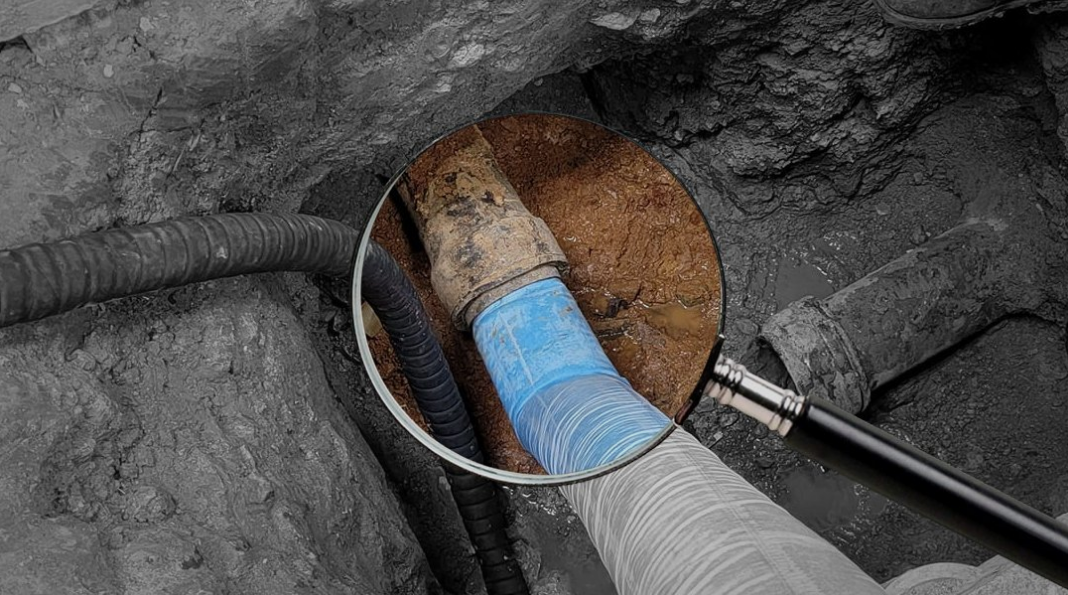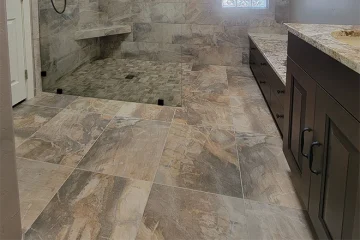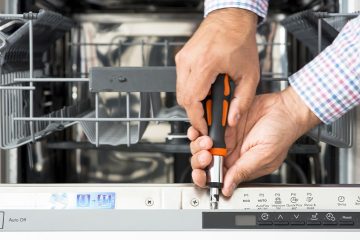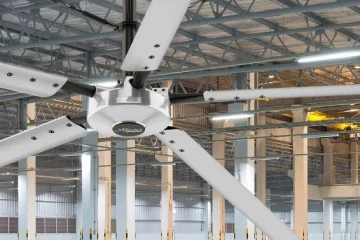Cured-in-place pipe (CIPP) repair is a popular method for rehabilitating damaged or deteriorating pipelines without the need for extensive excavation. It has revolutionized how pipe repairs are conducted by offering a more cost-effective and minimally disruptive solution compared to traditional methods. However, like any repair technique, it comes with its own set of limitations that should be considered. In this blog, we’ll explore what CIPP is, its history, benefits, side effects, limitations, and how it stacks up against traditional sewer pipe repair and replacement methods.
What is CIPP?
CIPP (Cured-In-Place Pipe) repair is a trenchless technology used to rehabilitate existing pipelines. This method involves inserting a flexible tube into a damaged pipe. The tube is saturated with resin and then expanded to fit the diameter of the original pipe. Once it’s in place, the resin is cured using heat, UV light, or steam, creating a new pipe within the old one. This method is used in a variety of pipeline systems, including sewers, water pipes, and gas lines.
History of CIPP
The CIPP technology was invented in the 1970s by Eric Wood in London, England, when he was searching for a way to repair a pipe underneath his home. The technology gained traction in the United States in the 1980s and has since become one of the most widely used trenchless pipe rehabilitation techniques globally. Its popularity stems from its cost-effectiveness, reduced environmental impact, and the ability to repair pipes without tearing up landscapes or infrastructure.
Benefits of CIPP Repair
CIPP repair offers several significant benefits compared to traditional pipe replacement methods:
- Minimally Invasive: CIPP requires little to no excavation, making it less disruptive to the environment and surrounding infrastructure. It’s especially beneficial in urban areas where digging up streets and sidewalks would be costly and time-consuming.
- Cost-Effective: Since it avoids extensive excavation, labor costs and timeframes are greatly reduced. Homeowners and municipalities alike appreciate the reduced project costs that come with CIPP lining.
- Durability: Once cured, the new pipe inside the old one can last up to 50 years, making it a long-term solution for aging pipelines.
- Versatile Application: CIPP can be applied to pipes made from a variety of materials, including clay, concrete, PVC, and metal. It is also suitable for pipes with various diameters and shapes, providing a flexible solution for different types of repair needs.
Side Effects of CIPP Repair
Despite its advantages, CIPP does have some potential side effects, mainly related to the curing process and materials used. During the curing process, chemicals like styrene are released, which can produce a noticeable odor. Although this is temporary, in poorly ventilated areas, the odor can linger and cause mild respiratory irritation in some cases. Moreover, there are concerns about potential water contamination due to resin leakage, though these incidents are rare.
Results of CIPP Repair
The results of CIPP repair are generally positive when applied correctly. The pipe-within-a-pipe concept effectively restores the function of the original pipe and extends its lifespan by several decades. The new pipe is smooth, reducing friction and the likelihood of future blockages. For homeowners and municipalities, this means fewer maintenance calls and long-term savings. However, it is essential to recognize the limitations of CIPP repair to manage expectations.
Limitations of CIPP Repair
While CIPP repair has numerous advantages, it also comes with certain limitations. Below are five key limitations of CIPP repair:
- Not Suitable for Severely Collapsed Pipes: One of the major limitations of CIPP repair is that it cannot be used in pipes that have completely collapsed. Since the method involves creating a new pipe inside the old one, if the original pipe has entirely lost its structure, there’s no framework for the new lining to adhere to. In such cases, traditional excavation and pipe replacement are necessary.
- Limited by Pipe Bends and Joints: CIPP works best on straight runs of pipe. It can handle some bends, but sharp curves and pipe junctions may pose difficulties. Although CIPP lining repair can sometimes accommodate these areas, it is not always a reliable solution for highly complex pipe layouts.
- Potential for Chemical Contamination: During the curing process, chemical fumes like styrene may be released. Although modern practices have improved safety, there’s still the possibility of contamination, especially in water systems. This factor is one of the environmental limitations of CIPP repair that cannot be overlooked.
- Requires Specialized Equipment and Expertise: While CIPP might seem simple in theory, it requires trained personnel and specialized equipment to execute the process correctly. This means that not all contractors can perform this type of repair. It’s essential to hire cured in place pipe lining contractors who are certified and experienced in this technique to avoid substandard results.
- Cost Considerations for Smaller Projects: For short lengths of pipe, the cost savings of CIPP compared to traditional methods may not be as significant. Setting up the equipment for small-scale repairs can sometimes outweigh the benefits, making other methods more suitable for minor repairs.
CIPP vs Traditional Sewer Pipe Repair
When comparing CIPP with traditional sewer pipe repair methods, it’s essential to evaluate both the pros and cons. Traditional methods involve excavation, which can be disruptive, time-consuming, and expensive due to labor and restoration costs. However, they allow for the complete replacement of the damaged pipe, which may be necessary in situations where the pipe has collapsed or is severely damaged.
On the other hand, CIPP repair excels in reducing disruption and minimizing costs when the pipe’s structural integrity is still intact. For non-collapsed pipes, CIPP lining repair offers a quick and efficient solution that doesn’t involve tearing up landscapes or interfering with existing structures.
Conclusion
CIPP repair has undoubtedly revolutionized the world of pipe rehabilitation. Its minimally invasive nature, cost-effectiveness, and durability make it an excellent option for many repair scenarios. However, understanding the limitations of CIPP repair is essential before opting for this method. From its inability to fix collapsed pipes to potential environmental concerns, CIPP has its boundaries. Nevertheless, when used appropriately, it can extend the life of existing pipelines by several decades, offering a viable alternative to traditional excavation methods.
In summary, CIPP repair is an innovative solution with a few limitations but remains a powerful tool in modern pipeline rehabilitation.




